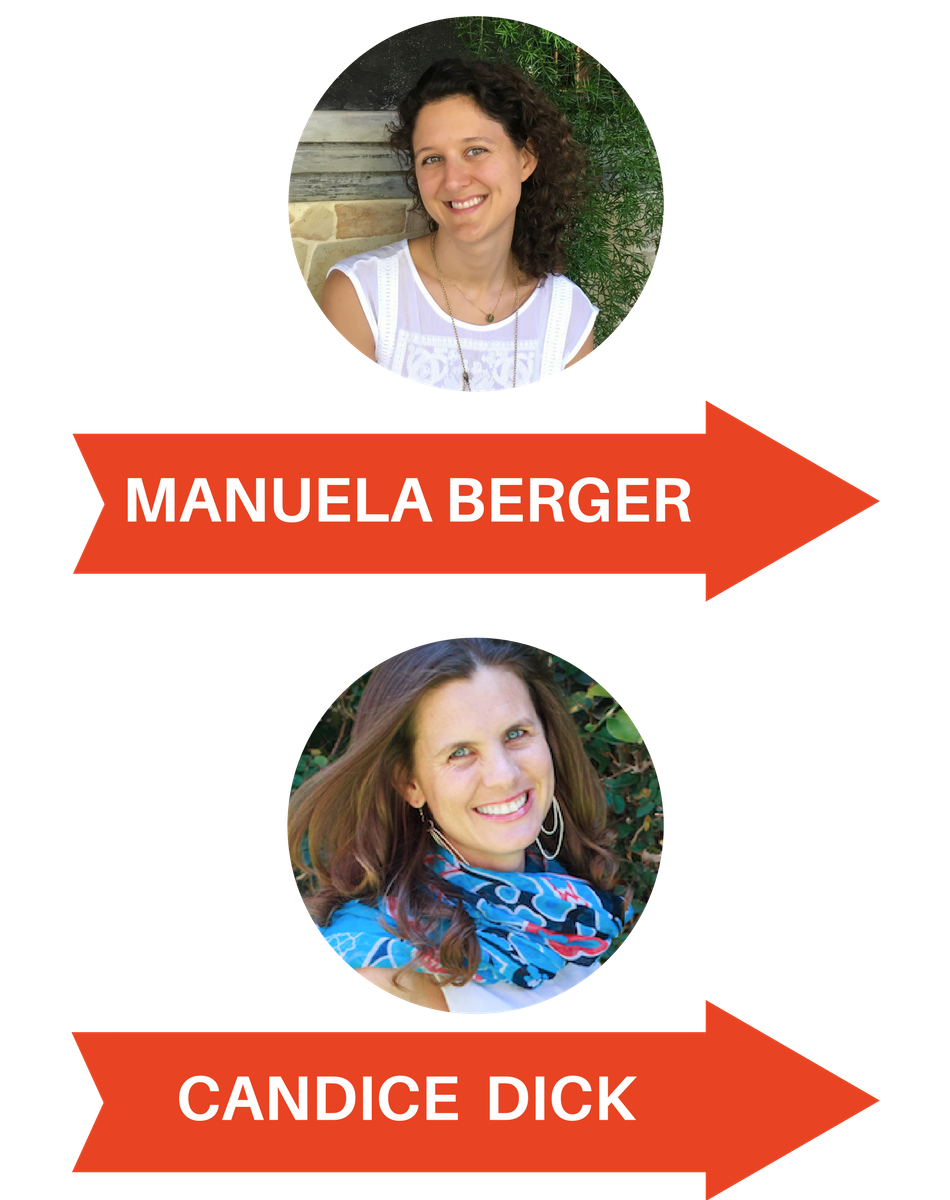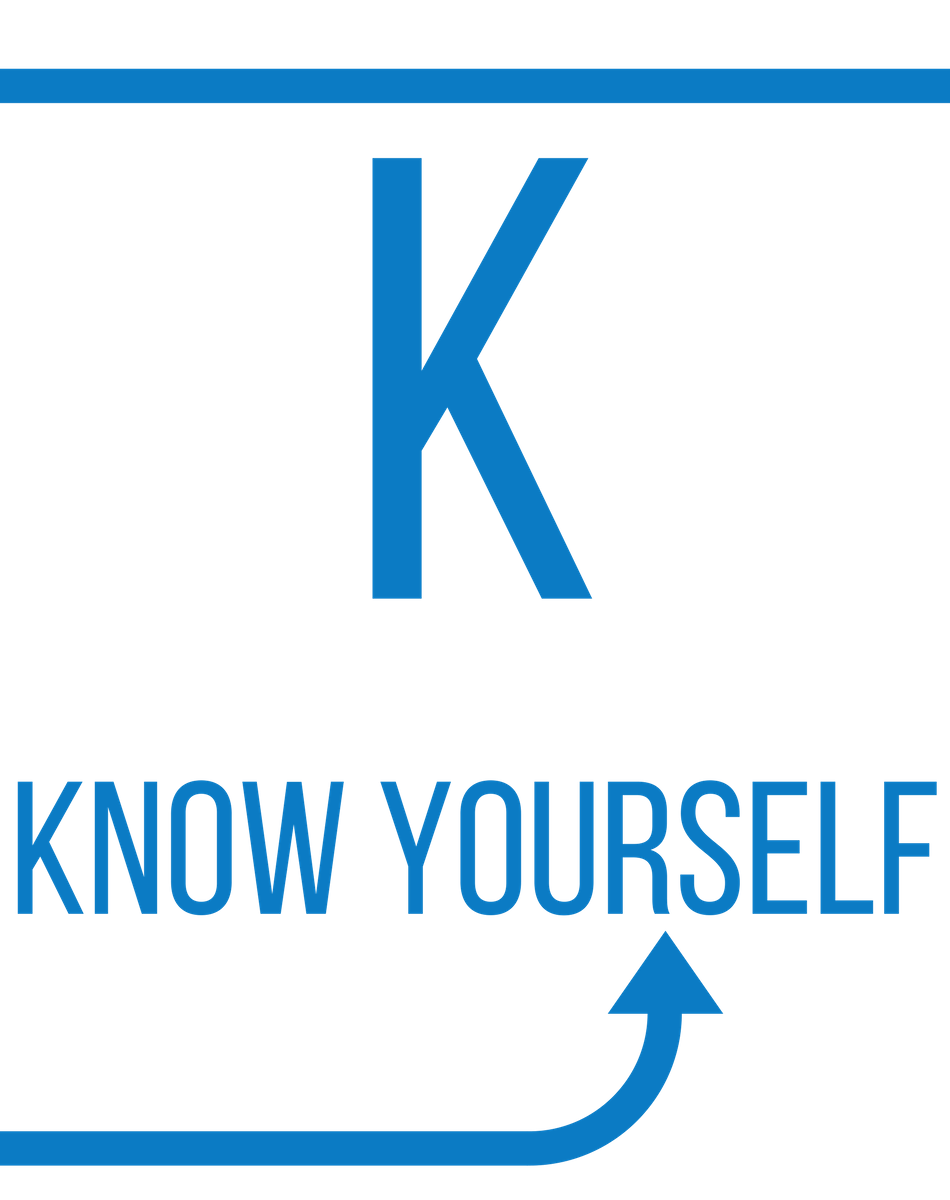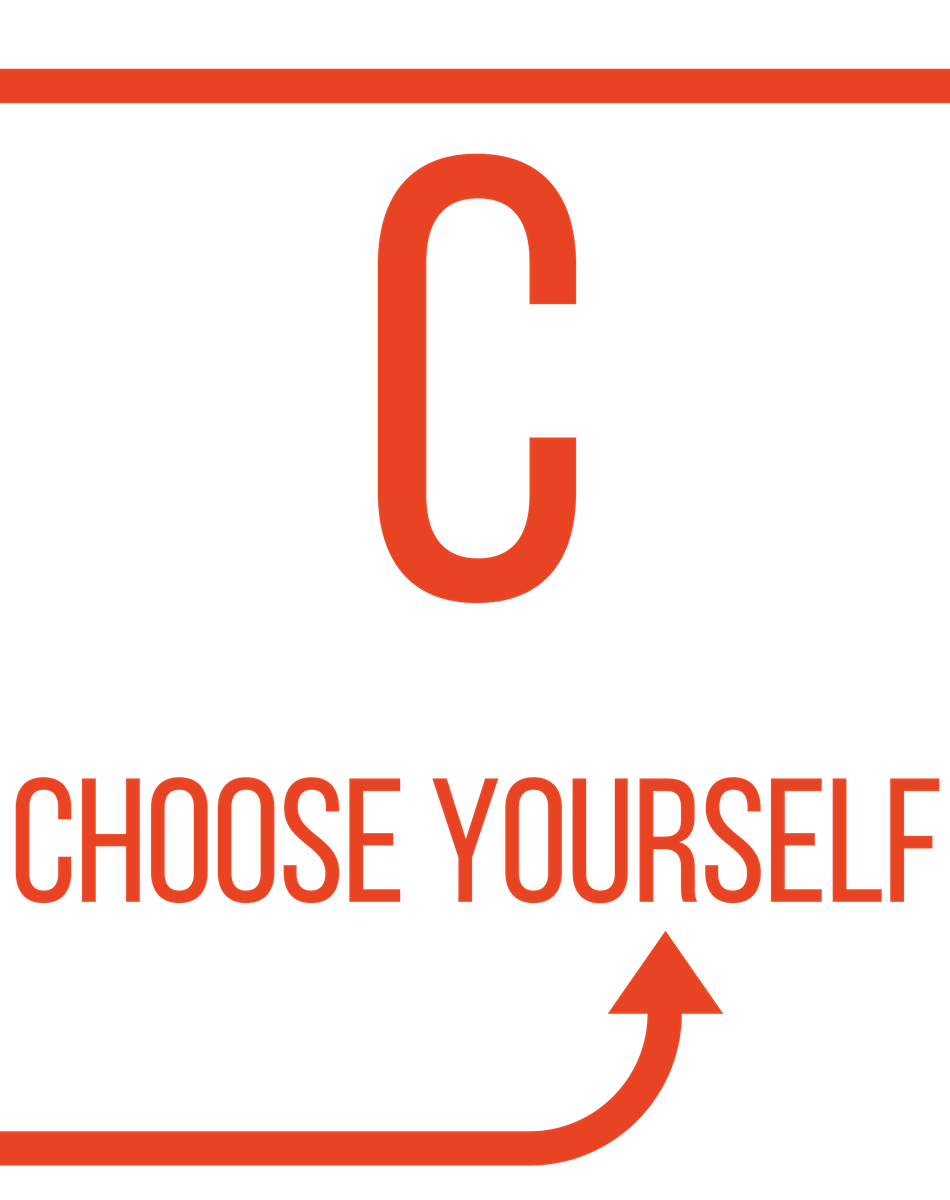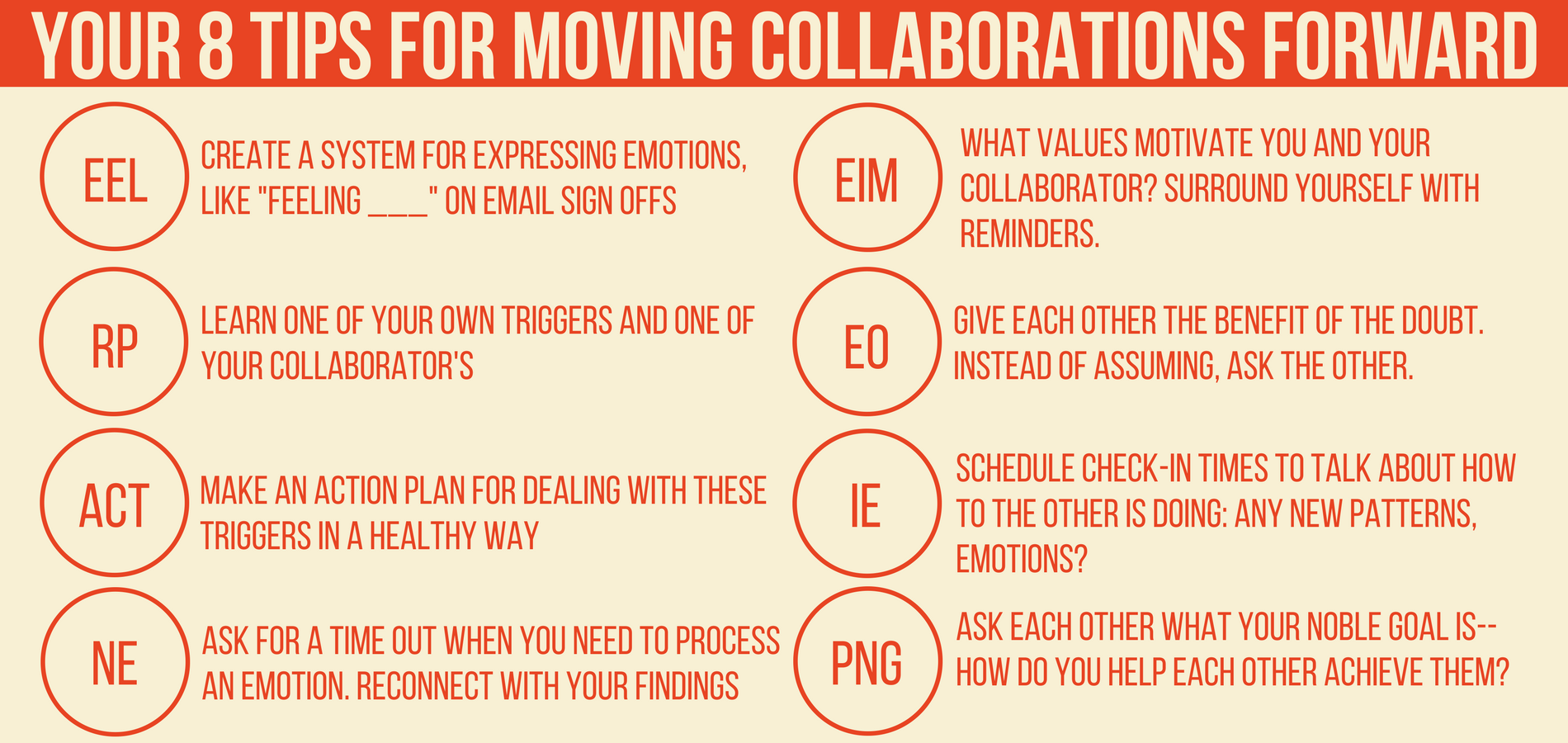Do you know how to use emotional intelligence to encourage collaboration?
Manuela Berger and Candice Dick, the co-creators of Feeling Bodies Emotion Magnets, share their experience of harnessing the power of emotions to create a wonderful product together.
Two women whose emotional intelligence has brought them together despite the unlikeliest of circumstances. They live across the globe from one another (Manuela in Switzerland and Candice in South Africa), and, while they both create emotional intelligence products, these products were poised to be competitors. Instead, they have joined forces to create a product that serves their mutual noble goal: helping children understand their emotions in a safe and healthy way. Together, they created Feeling Bodies, magnets that help children understand how emotions live in the body. In this piece, Manuela shares with us how she and Candice use Six Seconds’ eight emotional competencies to create a successful and healthy business collaboration.
This collaboration to create Feeling Bodies has only been possible because we both actively practice emotional intelligence. Independently and without knowing it, we had both trained in the Six Seconds model of “Know Yourself, Choose Yourself, Give Yourself,” and we were applying the same tools. These tools were the key to our collaboration. We applied Six Seconds’ eight emotional intelligence competencies regularly to keep the process of creating this amazing product going smoothly. Here is a taste of the “Know Yourself, Choose Yourself, Give Yourself” model at work.
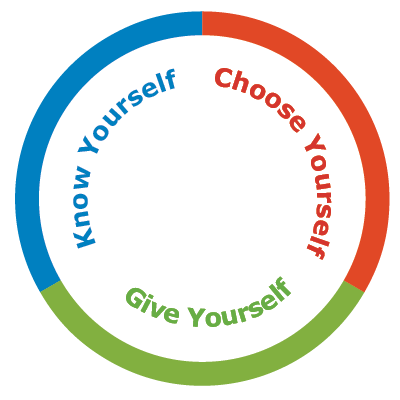
Since our very first email exchanges, we sign off our emails with “Feeling… (fill in the blanks of what we were feeling at that moment).” Some feelings are easy to share, like excited, hopeful, grateful, curious and so on. Others are more difficult, like anxious, worried, insecure… But these difficult emotions are all the more key to our successful collaboration.
Enhance Emotional Literacy in actions means that when it comes to sensitive situations like when we put together a contract, we were completely open and transparent with each other about how we felt. In sensitive situations like this, we first recognise in ourselves what we are feeling and then also communicate our feelings to the other in a non-accusing, respectful way. It is completely okay for either of us to say we feel uncomfortable with something the other suggests. We don’t go too much into the why or how, but we work on finding a different solution that we both feel comfortable with. This allows each of us to look after our own needs and our own perspectives; ultimately this allows us to come up with an agreement that we are both happy with. We end up strengthening our relationship rather than straining it.
Everyone has patterns, and we are no exception. From the very beginning Candice brought one of her patterns to the table: she has a tendency to give away more than she later feels comfortable with. So, we both make an extra effort to ensure that she has enough time to think before making a decision. We let a discussion settle a bit so that she can be certain that what was agreed upon is right for her.
I also have a pattern. When given feedback or hearing an idea, I often assume the worst or feel attacked. I shared this with Candice, and now she makes an effort to be gentle in her feedback. I also make a point to ask clarifying questions instead of assuming anything when I feel myself being triggered by something Candice says.
Without a doubt, recognizing these patterns has saved us from many uncomfortable and unproductive discussions.
Before giving her drawings to Feeling Magnets, Candice practiced consequential thinking. She knew that if her drawings became famous and spread around the world she wouldn’t get all the credit and benefits. She also recognised that in her heart she really wanted as many people around the world as possible to develop their emotional awareness. She knew that her Feeling Bodies drawings were a wonderful way to do that. At the same time, she didn’t have the desire to get into production, logistics and shipping products around the world and knew that Feeling Magnets would be a good partner to help her with that.
At the same time, I used my consequential thinking to see that having a new person involved in the business would add complex issues; developing new drawings might have been easier. However, I loved the drawings Candice created, and I didn’t want to re-invent the wheel or copy someone else’s wonderful work.
Both of us experience all kinds of emotions as we work together, so it is so important that we have learned to navigate them. We use a lot of technology since we are based in different corners of the world (I am in Switzerland and she is in South Africa). In times when the internet connection is weak, when we confuse time zones or when our voice messages are cut off or only half delivered, we could easily misunderstand each other or create tension.
Also, we are both very motivated and energetic, but at times we just take on too much. Sometimes we aren’t able to stick to deadlines. We take each of these instances as opportunities to practice navigating emotions. Feelings of frustration, annoyance, and guilt present opportunities for navigation. Sometimes this means asking for a time out to pause and breathe before reconnecting so that we got the best out of each situation.
We both have done a lot of work related to emotional intelligence, individually and together, and that is our intrinsic motivation. Throughout all of that work, we both have always been driven by a deep desire and commitment to help make emotions approachable and for people to feel more at ease with them. We also strongly believe that fundamentally people are good and that we want to be part of a world that lives out of love and kindness. So that place of acting from our intrinsic values has always been our starting point. Assuming the good in the other, prioritising fairness and respect, doing our best to be examples: live what we wish to inspire in others. These intrinsic motivations are large driving forces that keep us motivated and going.
It’s easy to have misunderstandings when we are face to face. Through WhatsApp messages, e-mail and Skype, it’s even easier. After a long day, reading a message that was written by the other in a rush could easily bring about worry or anger. Something we have done well from the start is to try to look at the situation from different perspectives in order to exercise optimism. We try to consider what situation the other might be in, and we also try to consider what factors might be influencing how we perceive things.
We both see ourselves as positive and capable people with a common goal, so if we feel something might not be quite right, we listen to our doubt and double check our work. And, when in doubt, we ask each other about it instead of assuming.
It hasn’t always been easy to hear each other’s feelings. It’s so easy to take things personally. But we have learned to be empathetic with each other. Now, we are quick to remind ourselves that we are not responsible for each other’s emotions. We can actually offer each other great support in uncovering and understanding what emotions are going on inside of us.
When something comes up, we take the time to talk about it. Is there a pattern that is triggering these emotions? Is there something else behind that feeling? It is so powerful to explore feelings and options together, which really increases understanding and empathy.
 This collaboration hasn’t been just a small project for either of us. We both have a deep desire to share the emotional literacy that we so wished we would have learned earlier in life. This shared noble goal is so much bigger than just a revenue target; this goal is not something either of us expected to be able to achieve alone. We know that two minds are more powerful than one. We also know that the other has something they can bring to the table to achieve our big goal (which sometimes seemed more like a dream) to become a reality. The fact that our noble goals are so aligned is a key ingredient to our successful collaboration.
This collaboration hasn’t been just a small project for either of us. We both have a deep desire to share the emotional literacy that we so wished we would have learned earlier in life. This shared noble goal is so much bigger than just a revenue target; this goal is not something either of us expected to be able to achieve alone. We know that two minds are more powerful than one. We also know that the other has something they can bring to the table to achieve our big goal (which sometimes seemed more like a dream) to become a reality. The fact that our noble goals are so aligned is a key ingredient to our successful collaboration.
Ultimately, this business collaboration has been a great opportunity to further practice and grow our emotional intelligence. We both feel grateful to have learned the Six Seconds model of “Know Yourself, Choose Yourself, Give Yourself” in our lives, and the tools we have learned from it has certainly been the key to keeping our collaboration moving forward.
You can check out or purchase Manuela and Candice’s Feeling Body Magnets here. You can learn more about the Six Seconds Certification they both attended here.
Do you enjoy reading about actionable tips for living with more EQ? Subscribe to Maria’s Illuminate, a short weekly e-mail full of inspirational and practical tidbits for living your most emotionally intelligent life. Click here for more!
- Identify Your Most Fulfilling Career: A Step-by-Step Guide for Women - March 21, 2022
- POP-UP Festival Partnership with AEON Corporation - March 9, 2022
- 3 Interview Tips for Women from an Executive Emotional Intelligence Coach - February 9, 2022


